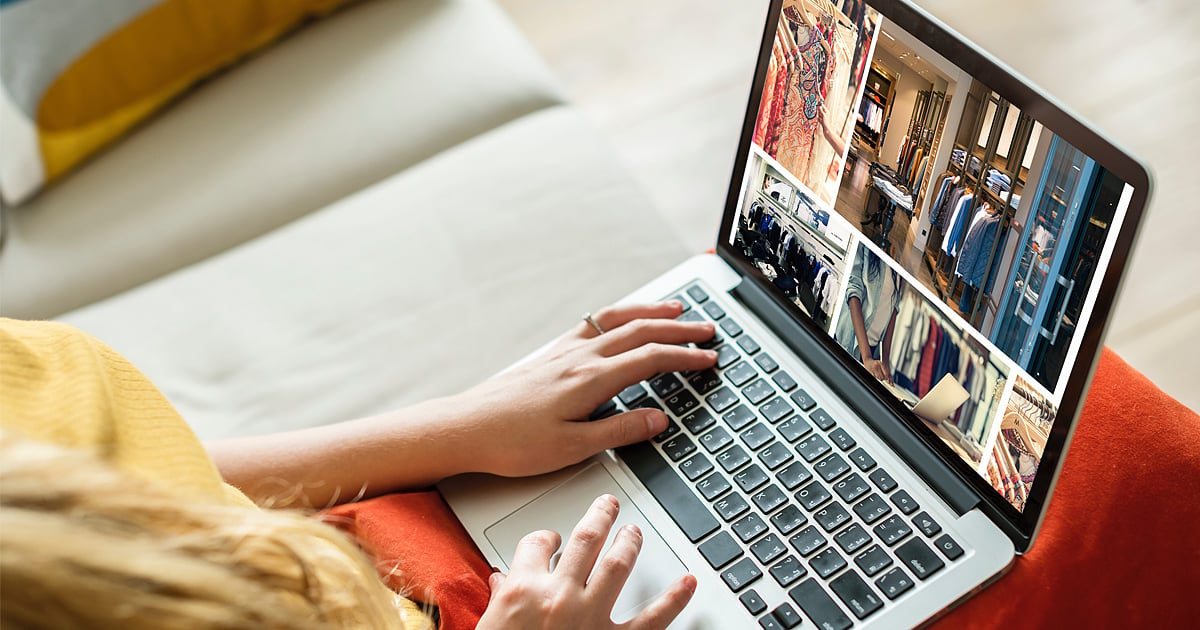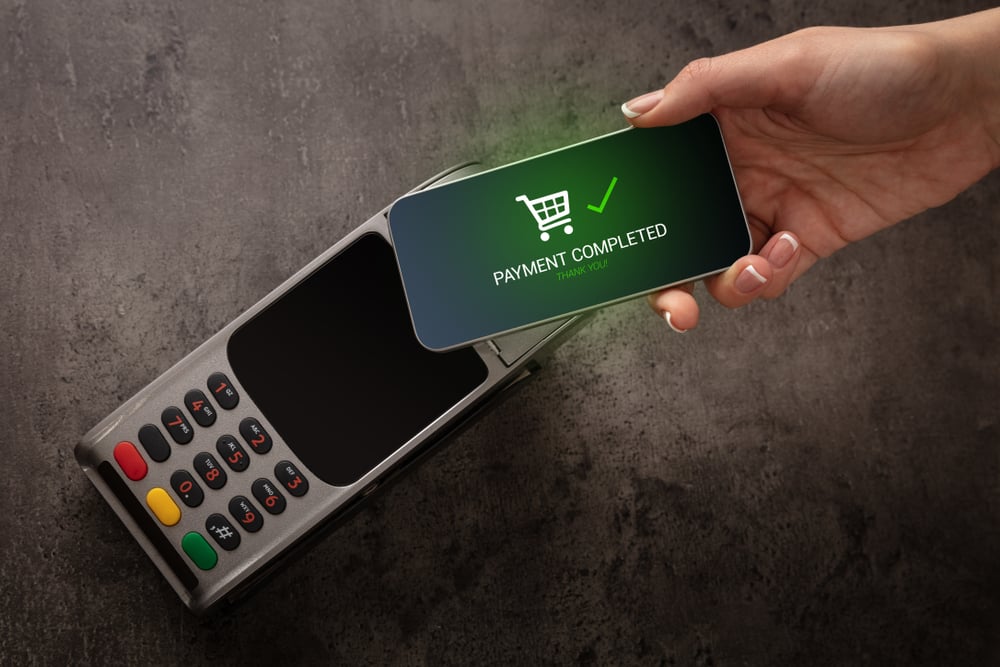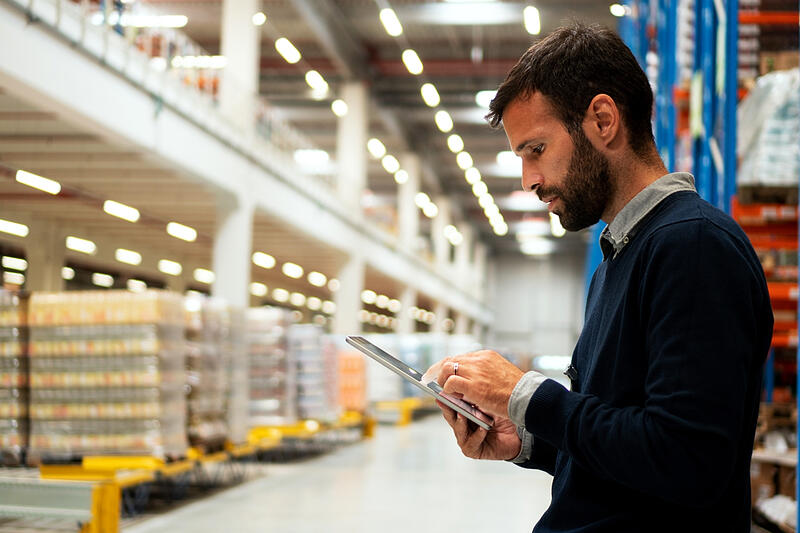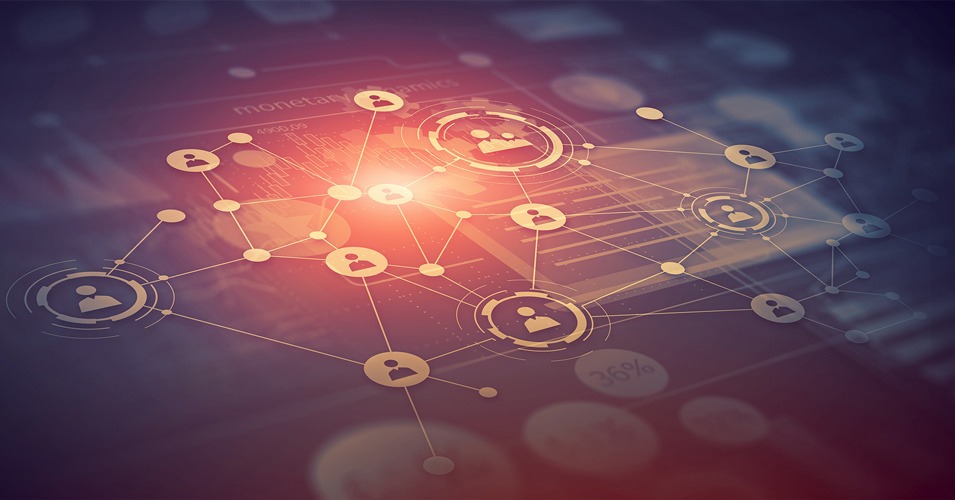The retail industry – like many others – has experienced rapid transformation over the last few years with solutions such as the Internet of Things (IoT) taking centre stage. IoT has many uses and benefits for retail, including the ability to offer more personalised shopping experiences, increase customer loyalty and satisfaction, boost sales and improve inventory management.
It’s estimated that IoT in retail will grow to $94.44 billion through 2025. This increase emphasises how IoT adoption won’t only improve the customer experience directly, but the need for businesses to change the way they do business to meet the demands of today’s connected customer.
Using IoT in retail doesn’t only improve the customer experience. It also drives the customer experience by giving businesses the opportunity to gain a better insight into their customer preferences and the opportunity to create a more personalised and interactive ‘shopping’ experience.
We’ve chosen 5 benefits of IoT in retail and how they can enhance your customer experience:
- Further personalise your customer interactions
- Innovate your in-store experiences (store layouts, better checkouts etc)
- Make use of smart devices
- Optimise the buyer journey (keep the customer updated)
- Streamline your operations to improve the customer experience
1. Further personalise your customer interactions
Customer buying habits have changed - they now expect more than just ‘buying a product’, which is why personalisation has become a large part of the buying experience across many industries.
IoT data improves the communication between you and your customers. One example is through the use of IoT sensors that can be fixed to product areas and are triggered by customer actions. The retailer could then offer instant discounts, detailed product descriptions or alternative purchases straight to the customers’ mobile, in response to where they are shopping in the store or their previous buying habits. And that’s not all the data is used for. It allows marketing teams to make data-driven decisions.

IoT can also boost personalisation for retailers who don’t have a shop floor. For example, IoT can recognise shopping patterns and search trends from social media and online browsing which enables you to advertise – and ultimately sell – targeted products to your prospects and customers based on online behaviours.
This high level of personalisation leads to customer satisfaction and enhanced customer engagement.
2. Innovate your in-store experiences
Integrating IoT devices into retail stores has generated new levels of customer data, providing fresh insights on customer behaviour. Applying those devices with IoT-enabled machines has further developed the ability to improve the in-store experience. As a result, the customer experience is more seamless than ever before. We’ve highlighted some examples below:
Smart shelves
An addition to smart inventory management (we touch more on that later), smart shelves come with three elements: RFID tag, RFID reader, and an antenna. These ensure that products on the shelf aren’t overstocked or understocked. It also sends alerts to managers on expiration dates and the data can be used for customer related insights.
Automated checkouts
Self-checkouts are now a regular feature throughout the retail sector, and they’ve had a great impact in reducing queue lengths, encouraging customers not to ‘abandon cart’ in-store.

However, automated checkouts are a much younger and innovative use of IoT sensors. Amazon Go is the most well-known and successful example of this with its ‘Just Walk Out’ system. Customers can enter a grocery store, pick up the items they’d like to purchase and simply exit without visiting any form of physical checkout. Shoppers just have to scan into the shop and are then tracked by cameras, software algorithms and shelf sensors. This has truly revolutionised the in-store customer experience.
Digital signage
Another IoT enabled machine is digital screens and intuitive touch screens. These help to improve in-store advertisements and customer engagement. The IoT sensors collect data and can provide real time updates on discounts, offers and general marketing in different areas of the store. McDonald’s are well known for using touch screen monitors for customers to make their orders, providing a more personalised, engaging customer experience and reducing queue lengths.
3. Smart inventory management
Incorporating smart inventory management has immediate benefits for your business and the customer experience you can provide. It’s no secret that inaccurate tracking of a company’s inventory can result in heavy losses.

However, IoT devices have the capability to remove those losses by automating the inventory visibility and procurement planning. In doing so, it means you’re notified in real time when inventory stock is low and needs refilling, reducing missed sales due to out of stock items. It’s also a rich provider of data, giving you insights into customer behaviour based around individual products, helping to predict product consumption.
These benefits will then trickle down to the customer, meaning they’re less likely to come across one of your products online or in store that’s unavailable, improving customer experience and satisfaction.
4. Optimising the buyer journey
The data gathered from the IoT sensors combined with real-time sales floor inventory allows your employees to re-stock when needed and to better position products that are in demand. Sensors can also be placed around stores to gather data of the physical customer journey, allowing you to optimise floor plans, product placements and marketing materials to further increase sales.

This can also be used within your warehouses to improve the picking and packing process. The data collected can help you highlight the fastest routes to certain products and by connected other devices, you can see the exact location of that product too, boosting warehouse efficiency and relieving stress for your employees.
5. Streamline your operations to improve the customer experience
An uninterrupted and efficient supply chain is crucial to the success of any retail business; with IoT, you can be certain your supply chain will run smoothly. IoT ensures that goods move from one location to another successfully and enables the tracking of goods right from the production stage to delivery.

With RFID (radio frequency identification) and GPS (global positioning system) technology, you’ll have complete visibility of your items in transit – from their location to stored temperature. You’ll also be able to manage their route of travel which will help you accurately predict arrival times and avoid product/delivery losses.
A better customer experience equals a boost in profits
With more competition than ever, it’s never been more important for retail businesses to grab hold of their customers’ attention and provide them a unique customer experience. That’s the way to create further opportunities for sales, drive more customer engagement and build better brand loyalty.
The implementation of IoT can provide that vital connection point for retailers and customers, providing the all-important route to engage with and meet the needs of their customers.
So, what other ways can businesses improve the customer experience in retail
Columbus and Retail Gazette have conducted research to produce a report which outlines six key challenges that retailers face, providing step-by-step advice on how to solve them and explaining more about how technology can help.
The report highlights:
- How retailers can deliver seamless click and collect experiences
- Mastering the customer journey online
- How physical stores enhance customer value
- The advantages of a 360-degree customer view
- Why happy employees are vital to driving CX excellence

